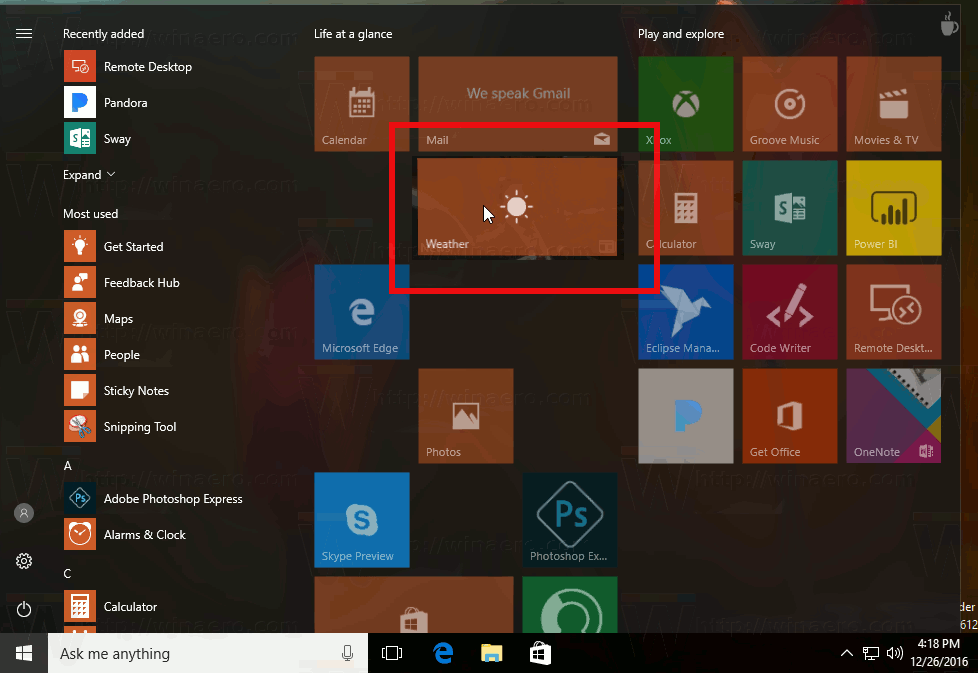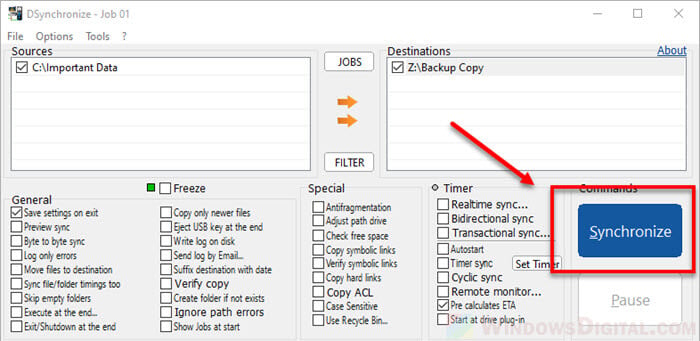

That way you won’t forget to turn on your backup software. Backup software: If you use backup software to back up your data, you should add it to the Windows 10 startup folder.The best way to ensure this is to use the startup folder in Windows 10. However, if you’ve disabled these applications and use other software, make sure it runs from the moment you log on.

Security software (antivirus programs, firewall etc.): Windows 10 comes with its own arsenal of software to protect your computer against external attacks.The following programs should always run at startup or are at least recommended: However, you have the freedom to manage installed user software on your own computer or as a system administrator. You don’t have to manage these processes, nor are you able to. The core services that Windows 10 requires to function properly are automatically loaded when Windows boots up. To address this problem, remove unnecessary applications from your startup folder. Windows may be running too many applications or overly CPU-intensive programs for no good reason every time you log on to the system.


If you struggle with performance issues, it’s worth taking a look at your startup folder in Windows 10. In other words, it won’t save you time unless your computer has enough resources to start all the applications without having performance issues. If you’re an administrator, you can even add programs directly to the shared startup folder for all users in Windows 10.Īutomatically running processes, services and applications at startup can be convenient, but it can be a disadvantage if it uses too much of your computer’s resources, making it slower for you to log on and use the system. The main reason for adding applications, services, or scripts to the startup folder is obvious: If you use programs or processes that you need or want to run automatically when you log on, you can save a lot of time by adding them to your startup folder. Good management of Windows 10 startup programs is important for several reasons.


 0 kommentar(er)
0 kommentar(er)
